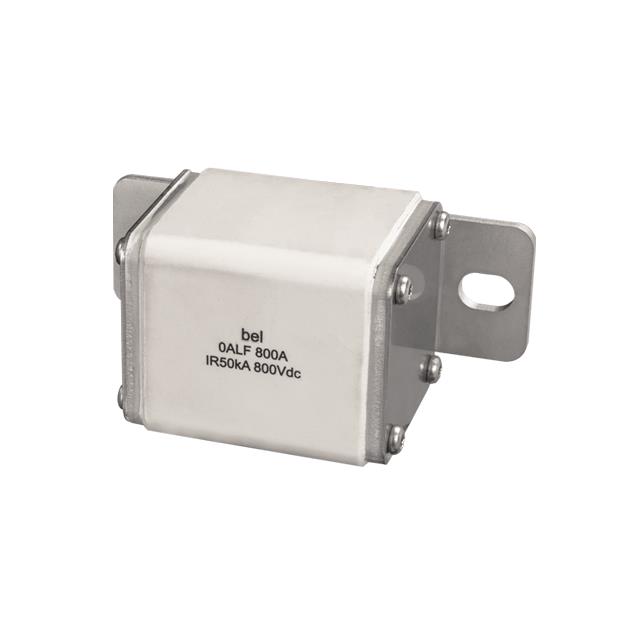0ALF Series, Electrical, Specialty Fuses
Results:
2
Manufacturer
Series
Current Rating (Amps)
Operating Temperature
Applications
Response Time
Approval Agency
Fuse Type
Breaking Capacity @ Rated Voltage
Mounting Type
Size / Dimension
Voltage Rating - DC
Package / Case
Voltage Rating - AC
Class
Features
Results remaining:2
Applied Filters:
0ALF
Electrical, Specialty Fuses
Circuit protection, specifically specialty fuses in the electrical domain, refers to a range of products designed to safeguard electrical circuits from over-current faults. These specialty fuses are distinct from standard fuses and serve as primary circuit protection devices. They are engineered to respond to excessive current flow by triggering the destruction of a conductive element within the device, effectively interrupting the circuit and preventing damage to connected components. One key characteristic of specialty fuses is their classification under the UL248 standard as non-supplementary, emphasizing their primary role in safeguarding main circuits. Additionally, certain specialty fuses are certified for use in hazardous or explosive environments, meeting stringent safety requirements to mitigate ignition or explosion risks. These fuses exhibit form factors that differentiate them from those commonly used for supplementary equipment protection, such as fuses with indication functions or fusible cable links. Furthermore, specialized versions cater to specific applications, including the protection of telecommunications circuits or multimeters. The proper selection and utilization of these circuit protection accessories are crucial in ensuring the safety and reliability of electrical systems. Adherence to relevant safety standards and guidelines is essential for the correct installation and maintenance of these devices, which play a critical role in preventing over-current faults and supporting the secure operation of diverse applications.

